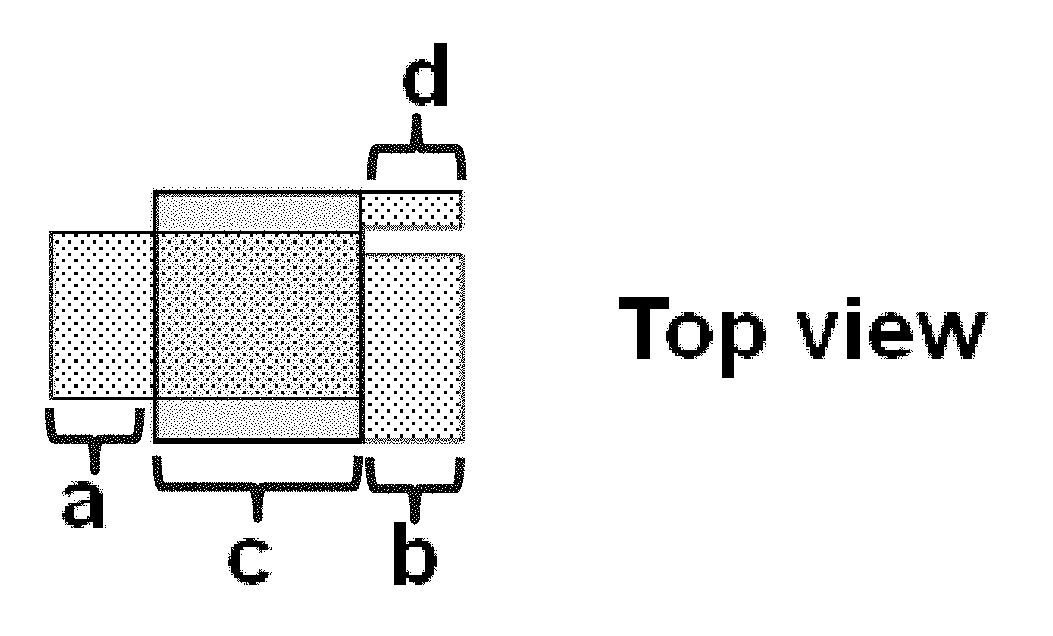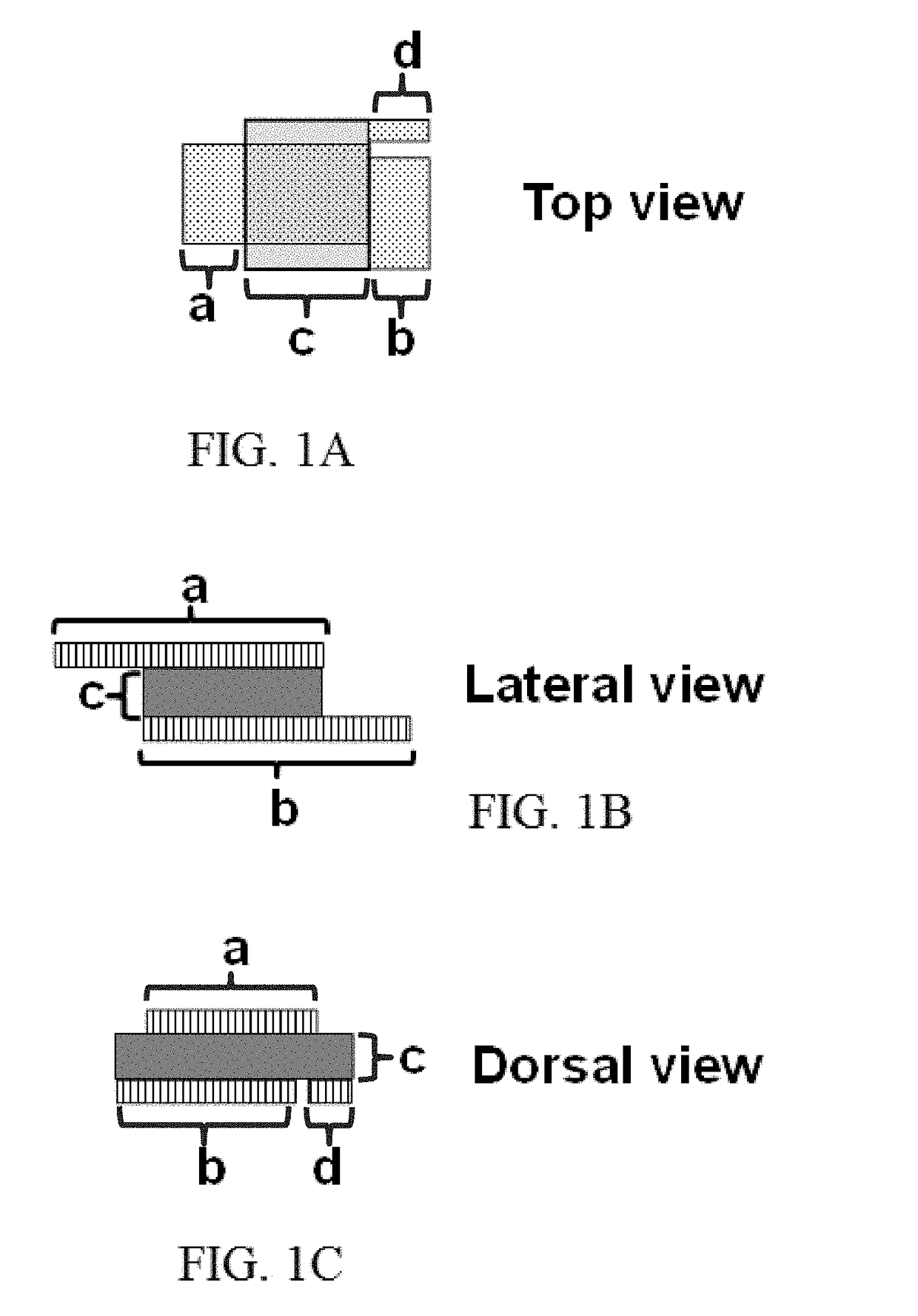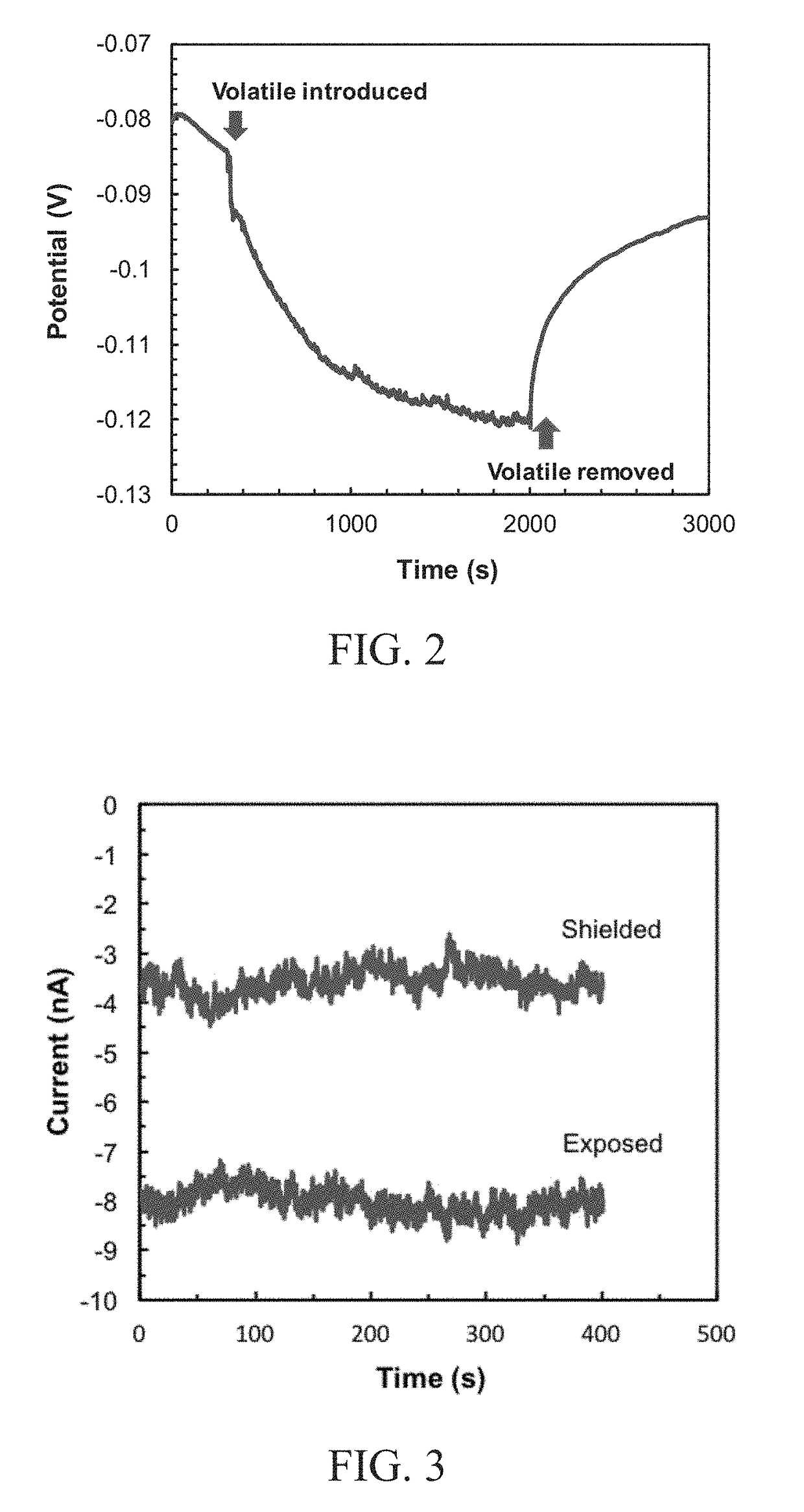Novel method for transdermal measurement of volatile anesthetics
a volatile anesthetic and transdermal measurement technology, applied in the field of new transdermal measurement method of volatile anesthetics, can solve the problems of inability to directly evaluate the effectiveness of volatile anesthetics delivered via the method described above, complex and non-transferable to portable devices for clinical use, and achieve the effect of convenient and accurate detection of concentration
- Summary
- Abstract
- Description
- Claims
- Application Information
AI Technical Summary
Benefits of technology
Problems solved by technology
Method used
Image
Examples
example 1
n Electrode with a Catalyst for the Fuel-Cell Based Sensor
[0061]The coating of a catalyst (i.e., nickel) on the micro-perforated stainless steel sheet electrodes was achieved by a five-step process. The steps comprise: (i) anodically electrocleaning the stainless sheet for 5 mins with 25% H2SO4 below room temperature by applying a current density of 13.94 A / m2. During electrocleaning, the stainless steel served as the anode and the lead sheet served as the cathode; (ii) acid-cleaning the stainless sheets at room temperature with 1:10:1000 solution of HCl, H2SO4, and DI water; (iii) Wood's nickel strike using 1.5M HCl and 1.009 M anhydrous nickel chloride solution and applying current densities of 4.65 A / m2 and 1.4 A / m2 for 2 mins each. In the Wood's nickel strike setup, a pure nickel sheet was used as the anode and the target electrode as the cathode; (iv) galvanostatically electroplating the sheets with nickel by Watt's deposition method at 50° C. at 0.2 A in a mixture of 0.93 M ni...
example 2
the Effect of Volatile Anesthetics on the OCP of the Sensor
[0062]The open circuit potential (OCP) of the fuel-cell based sensor in the presence of isoflurane was examined and the results are as shown in FIG. 2. An isoflurane cloud was introduced to the sensor system after 500 s of OCP scanning. Amperometric studies were completed with the sensor exposed and shielded to isoflurane vapor (FIG. 3). The effect of isoflurane vapor concentration on the current measured by the senor was also investigated.
[0063]As shown in FIG. 2, the OCP deviated 40 mV from the point of introducing the isoflurane cloud, indicating a potential difference was resulted due to the redox chemical reactions described herein. After removing the volatile cloud, the OCP signal of the sensor gradually reached a steady state (see also FIG. 4).
[0064]The effect of concentration of isoflurane on the current measured by the sensor can be seen in FIG. 5. A linear response was observed when the concentration of the isoflur...
PUM
| Property | Measurement | Unit |
|---|---|---|
| thickness | aaaaa | aaaaa |
| thickness | aaaaa | aaaaa |
| temperature | aaaaa | aaaaa |
Abstract
Description
Claims
Application Information
 Login to View More
Login to View More - R&D
- Intellectual Property
- Life Sciences
- Materials
- Tech Scout
- Unparalleled Data Quality
- Higher Quality Content
- 60% Fewer Hallucinations
Browse by: Latest US Patents, China's latest patents, Technical Efficacy Thesaurus, Application Domain, Technology Topic, Popular Technical Reports.
© 2025 PatSnap. All rights reserved.Legal|Privacy policy|Modern Slavery Act Transparency Statement|Sitemap|About US| Contact US: help@patsnap.com



